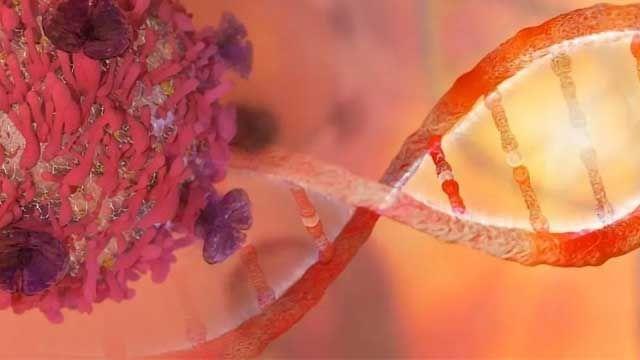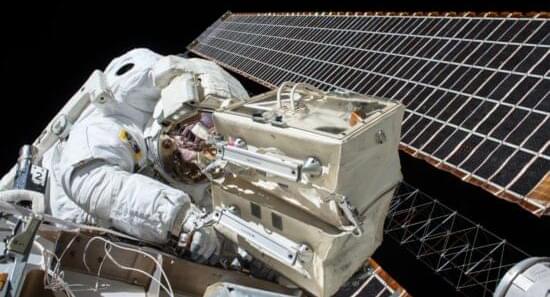Radical ideas shaping human evolution.



With the International Space Station (ISS) on its way out the door, governments and companies are racing to come up with solutions that could keep humans up in space even after 2031. By the looks of it, human presence up there will not only continue, but also expand, courtesy of the countless space companies developing their own space stations.


Circa 2015 o.o!
The publication of Green and Schwarz’s paper “was 30 years ago this month,” the string theorist and popular-science author Brian Greene wrote in Smithsonian Magazine in January, “making the moment ripe for taking stock: Is string theory revealing reality’s deep laws? Or, as some detractors have claimed, is it a mathematical mirage that has sidetracked a generation of physicists?” Greene had no answer, expressing doubt that string theory will “confront data” in his lifetime.
Recently, however, some string theorists have started developing a new tactic that gives them hope of someday answering these questions. Lacking traditional tests, they are seeking validation of string theory by a different route. Using a strange mathematical dictionary that translates between laws of gravity and those of quantum mechanics, the researchers have identified properties called “consistency conditions” that they say any theory combining quantum mechanics and gravity must meet. And in certain highly simplified imaginary worlds, they claim to have found evidence that the only consistent theories of “quantum gravity” involve strings.
According to many researchers, the work provides weak but concrete support for the decades-old suspicion that string theory may be the only mathematically consistent theory of quantum gravity capable of reproducing gravity’s known form on the scale of galaxies, stars and planets, as captured by Albert Einstein’s theory of general relativity. And if string theory is the only possible approach, then its proponents say it must be true — with or without physical evidence. String theory, by this account, is “the only game in town.”

Circa 2014 o.o!
When someone mentions “different dimensions,” we tend to think of things like parallel universes – alternate realities that exist parallel to our own, but where things work or happened differently. However, the reality of dimensions and how they play a role in the ordering of our Universe is really quite different from this popular characterization.
To break it down, dimensions are simply the different facets of what we perceive to be reality. We are immediately aware of the three dimensions that surround us on a daily basis – those that define the length, width, and depth of all objects in our universes (the x, y, and z axes, respectively).
Beyond these three visible dimensions, scientists believe that there may be many more. In fact, the theoretical framework of Superstring Theory posits that the universe exists in ten different dimensions. These different aspects are what govern the universe, the fundamental forces of nature, and all the elementary particles contained within.



They may be the only cars to go more viral than Cybertruck.
Remember that Hyundai concept 4×4 with robotic legs?
The South Korean automotive giant actually means to make it a reality and it has announced a development and test facility in Montana for that very purpose.
Hyundai has a planned investment goal of $20 million over the next five years for its New Horizons Studio, which will employ 50 people.
It will be located in Montana State University’s Innovation Campus in Bozeman, Montana and it will be a unit focused on the development of Ultimate Mobility Vehicles\.

Dan BreedenHe shall lead us to a brave new world.
1 Reply.
Len Rosen shared a link.
Jeff Bezos believes that to avoid a terrestrial environmental disaster we need to transfer much of our manufacturing capacity to space.
NASA is seeding companies that want to create a space manufacturing sector which could be the first step to achieving Bezos’ dream.